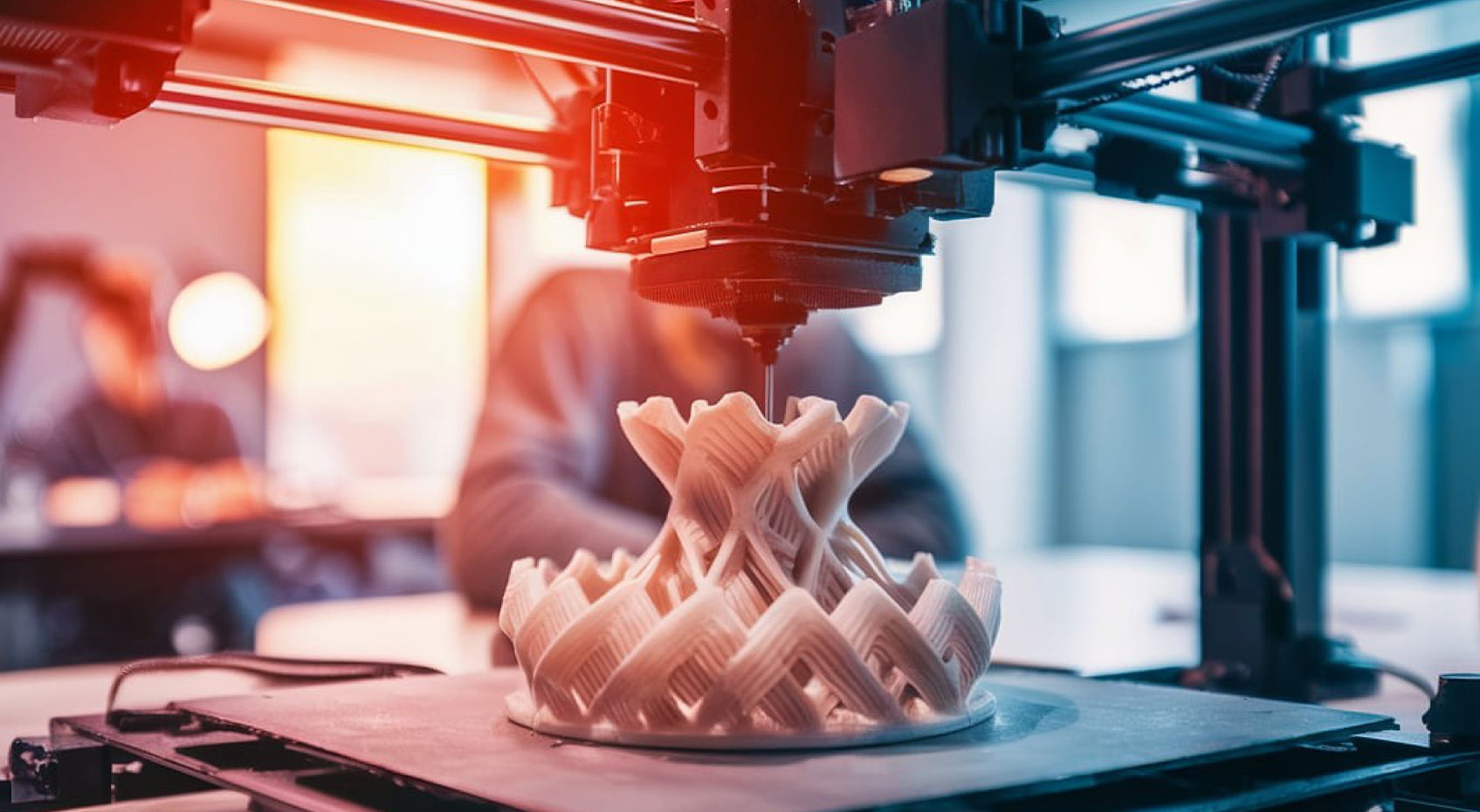Bring Your Vision to Life: Fast, Precise, and Custom 3D Printing Services

Bring your ideas to life with our cutting-edge 3D printing service! Whether you’re a designer, engineer, or hobbyist, we offer precision, speed, and quality to turn your concepts into reality.
From rapid prototypes to customized products, our 3D printing solutions provide unmatched flexibility and cost efficiency. With a range of materials and finishes, we’ll help you create anything from functional parts to intricate designs. Elevate your project with the power of 3D printing—where innovation meets possibility!
We Offer Two Types of 3D Printing Technologies: Resin and FDM
1. Resin 3D Printing (SLA/DLP): Resin 3D printing refers to methods like SLA (Stereolithography) and DLP (Digital Light Processing), which use liquid resin materials and UV light to create objects.
- How It Works: A UV light or laser cures and hardens layers of liquid resin, solidifying them one at a time to build the object.
- Materials: Photosensitive liquid resins, which harden when exposed to UV light.
•Key Benefits:
- High Detail & Precision: Resin printing is known for its incredible detail and smooth surface finish, ideal for intricate designs.
- Great for Prototyping: Perfect for creating highly detailed prototypes, jewelry, dental models, and miniatures.
- Durability: Some resins can create highly durable or flexible parts, depending on the type used (e.g., standard, tough, flexible, or biocompatible resins).
- Applications: Resin printing is widely used in industries requiring high precision, like jewelry making, dental applications, and detailed modeling.
2. FDM 3D Printing (Fused Deposition Modeling):
FDM is one of the most common and widely accessible types of 3D printing. It works by extruding melted thermoplastic filament layer by layer to create objects.
- How It Works: A spool of thermoplastic filament is heated and extruded through a nozzle, depositing the material layer by layer to build the 3D object.
- Materials: Commonly used thermoplastics include PLA, ABS, PETG, and TPU.
•Key Benefits:
- Affordable: FDM printers and materials are generally more affordable than resin printing.
- Wide Material Range: FDM offers a variety of material options, from standard plastics to more advanced, flexible, or heat-resistant filaments.
- Strength and Durability: FDM parts can be strong and functional, making them suitable for engineering prototypes, functional parts, and end-use products.
- Applications: FDM is commonly used for rapid prototyping, functional parts, hobbyist projects, and in engineering and industrial applications.
Key Differences Between Resin and FDM 3D Printing:
- Detail: Resin printing offers much finer detail and smoother surfaces than FDM.
- Speed: FDM is generally faster for larger prints, while resin excels in small, detailed parts.
- Material: FDM uses solid thermoplastic filaments, while resin printing uses liquid photopolymer resins.
- Post-Processing: Resin prints often require more post-processing (cleaning and curing), while FDM prints usually just need basic support removal.
Both technologies have their strengths, making them suitable for different applications based on detail requirements, material properties, and project goals.
3D printing has revolutionized a wide range of industries, offering diverse applications across multiple fields. Here are some of the most common uses:
- Prototyping: 3D printing enables rapid prototyping for designers and engineers, allowing them to quickly create physical models of new products to test form, fit, and function.
- Manufacturing: In industries like automotive and aerospace, 3D printing is used to produce custom parts, tooling, and low-volume manufacturing runs, reducing production time and costs.
- Healthcare: 3D printing is used to create customized medical devices, prosthetics, dental implants, and even bioprinting of tissues and organs for research and transplant.
- Education: Schools and universities use 3D printing to teach students design, engineering, and manufacturing concepts through hands-on experience with creating real-world models.
- Architecture: Architects and construction professionals use 3D printing to create detailed models of buildings and infrastructure, offering a tangible way to present designs to clients and stakeholders.
- Fashion and Art: Artists and fashion designers use 3D printing to craft custom jewelry, clothing, sculptures, and unique pieces that push the boundaries of creativity.
- Consumer Products: 3D printing allows for the creation of customized products like phone cases, home décor, and personalized accessories that meet individual tastes and preferences.
- Food: In the culinary world, 3D printing is being used to create intricate designs in chocolate, sugar, and even personalized meals, offering a new level of customization and creativity in food presentation.
- Aerospace and Defense: The aerospace industry uses 3D printing to produce lightweight yet strong parts, reducing weight in aircraft and spacecraft while maintaining high durability standards.
- Automotive: Automakers leverage 3D printing for custom parts, prototyping new vehicle models, and producing spare parts on demand, streamlining the production process.
These varied uses highlight how 3D printing is transforming industries by offering faster, more cost-effective, and innovative solutions to traditional manufacturing challenges.
Back to Services
